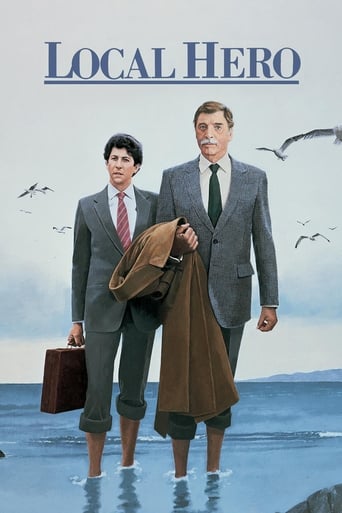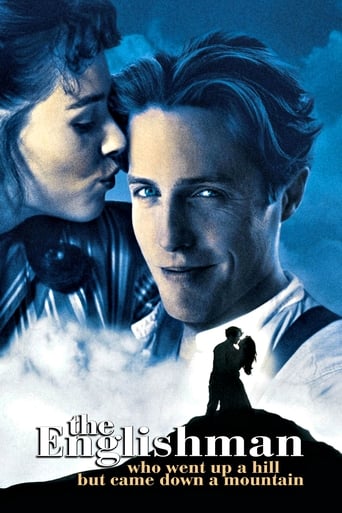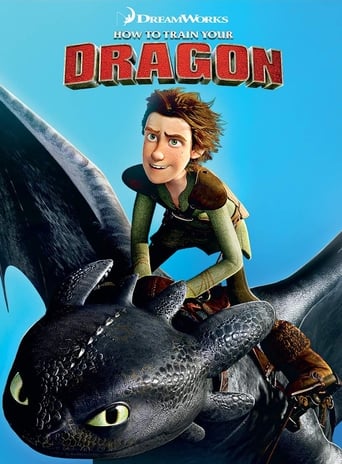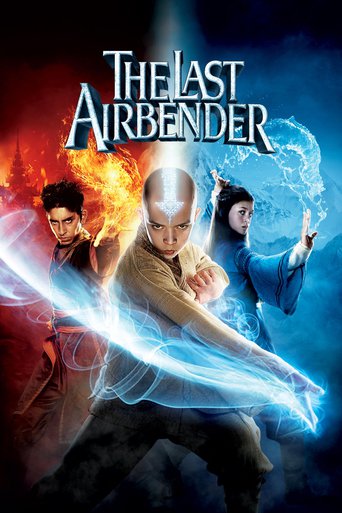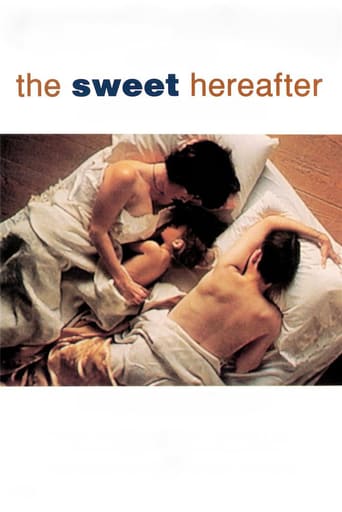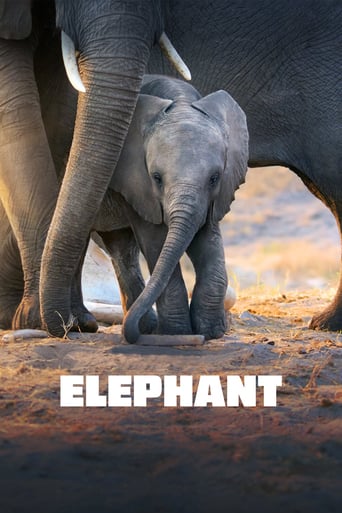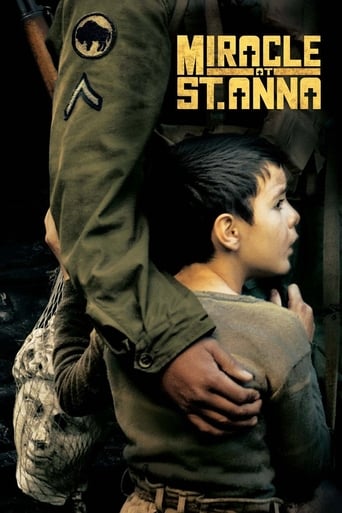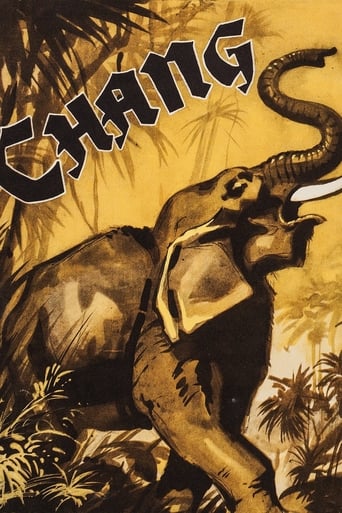

Chang: A Drama of the Wilderness (1927)
Elephants disrupt the lives of a family deep in the jungles of Northern Siam, and an entire village.
Watch Trailer
Cast


Similar titles
Reviews
Save your money for something good and enjoyable
Best movie ever!
I cannot think of one single thing that I would change about this film. The acting is incomparable, the directing deft, and the writing poignantly brilliant.
The film never slows down or bores, plunging from one harrowing sequence to the next.
When one compares this film with the same directors' earlier Grass: A Nation's Battle for Life (1925, one sees how clearly it is a step in the wrong direction for documentary albeit a step in the right direction for the team that would make King Kong. According to another reviewer, Schoedsack and Cooper had not seen Nanook of the North (1922) when they made their film Grass and, if true, that fact explains a great deal. In Grass, they made a film that had the real smell of reality about it, a reality that they seem genuinely have encountered more or less by accident and it is a passionate story, quite the best travel film of the silent era and one of the best, in my view, of all time.This second venture, on the other hand, has "F for fake" (one might equally say "F for Flaherty") written all over it and is a good measure of the deplorable influence that Flaherty, for all his undoubted ability, would have on US documentary-making. The fact that the film was amongst the first Oscar winners is equally symptomatic. When there was a choice between sensationalised drama and truth, the US film industry has never doubted for a moment which it preferred. Plus ça change....I am happy with Grass and I am happy, for that matter, with King Kong but Kingkongery masquerading as documentary is not my cup of tea.
This creaky "docu-drama" is pretty difficult to enjoy from a 21st Century vantage point.It chronicles the efforts of one family in what in 1927 was still Siam to survive in the wilds of the jungle. But the film demonizes the natural world, and particularly the animals who live in it, to the point that the family seems to be winning some sort of moral victory every time they kill a tiger or tame an elephant. It also doesn't help that most of the film is obviously staged, undermining the seriousness of this family's struggle with the jungle. All these years later, with mankind raping and exploiting the natural world out of existence, it's nearly impossible not to find this film distasteful.And I really could have done without the twee storyline (and especially the "comic relief" title cards) involving the family's pet monkey."Chang" was nominated in the one-time only category of Unique and Artistic Picture at the very first Academy Awards, but it lost, thank God, to F.W. Murnau's exquisite "Sunrise." That the two films were even nominated in the same category is hard to believe.Grade: C
Although they weren't born in that decade, "adventure documentaries" were popular in the 1920s. The first big one was Robert J. Flaherty's Nanook of the North (1922), followed by films such as Ernest B. Schoedsack and Merian C. Cooper's Grass (1925) and Flaherty's Moana (1926). Nanook of the North covered Inuit culture in the Canadian section of the Arctic Circle, Grass followed the Bakhtiari tribe in Iran, and Moana was shot in Samoa. Chang, also directed by Schoedsack and Cooper, is set in northern Siam, or what is now known as Thailand.These films were an outgrowth of earlier works such as Martin E. and Osa Johnson's Cannibals of the South Seas (1912) and Paul J. Rainey's African Hunt (1912). "Adventure documentaries" were one of the more exciting things that could be done with film in its early years--television didn't yet exist and we didn't have today's ease of travel, so the cultures displayed were truly exotic for most audiences.These documentaries were always questionable as journalistic depictions of reality, however (as documentaries still often are--there are many fascinating philosophy of film issues surrounding this). Clearly some aspects of these works were staged. Chang was unique in that its overall content, including "characters", "plot" and so forth, was entirely made up. As Schoedsack said, "It was as carefully constructed as anything made in a studio; only our (raw) material was not manufactured". It turns out that Chang: A Drama of the Wilderness is as much fiction as Andy Tennant's Anna and the King (1999), or at least as fictional as Ruggero Deodato's Cannibal Holocaust (1980), with which it also shares scenes that should make any self-respecting PETA member go into a coma, or pick up an automatic weapon. I'm not quite a member of PETA, so no need to don your bulletproof vest.That the raw materials were not "made up" makes Chang unique. It's fiction shot in an authentic location, using "authentic people" who were not actors, and recreating largely authentic kinds of scenarios and settings. The star of the film, Kru, plays a man with the same name in the film. Kru's real life kids, Nah and Ladah, and pet Gibbon monkey, Bimbo, play his kids and monkey in the film. His wife in the film, Chantui, was really the wife of one of Kru's friends. The "plot" has Kru and his family as a bit more primitive than they really were, trying to eke out a meager existence in the dense jungles of Northern Siam. The film opens by showing their daily routines, then shows them, their livestock and eventually their crops (a rice field) being threatened by leopards, bears and eventually elephants. The film is largely about Kru and later his fellow villagers trying to rid themselves of these problems, which often means trapping and killing animals (and there is a lot of other animal handling in the film that would disturb modern western audiences). The plot isn't complex, but the film is enrapturing to watch, not only because it is so well made and still seems exotic, but now because of the glimpse of "reality" it offers 80 years back in time.In real life, Kru had been a fisherman, a hunter, a trapper, an evangelist, and a carpenter. And when Cooper and Schoedsack arrived, he functioned on their expedition as their interpreter, guide, "philosopher", and he was in charge of finding the lions, tigers, bears and other wild animals that would be used in the film. Kru got the gig because he was a friend to some missionaries in the area.It took weeks to reach the remote jungle area where most of the film was shot. Prior to shooting, Cooper and Schoedsack spent months studying natives and animals, while they figured out the best way to film them, basically making up their story on the fly (and a lot of it was constructed via later editing and creative intertitling). Given the conditions--which included just the two-man crew in high heat and humidity with relatively primitive cameras, the cinematography in Chang is remarkably crisp. This is one of the first films to be shot on panchromatic rather than orthochromatic stock, and this enabled finer, more realistic gradations of gray in response to various filmed colors. They had no artificial lighting, and had to shoot in thick jungles. The intense heat caused the animals to stay undercover, so they had to shoot most of the film in early morning. Schoedsack would often be precariously perched on primitive platforms or sheltered in hides and pits that offered little protection. They would often trap animals, then photograph them when they'd let them loose. Three men on the crew were bitten by pythons. Schoedsack had recurrent malaria and sunstroke and often worked while having a very high fever. The skillfully edited material tends to be exciting and dramatic on a surface level, but when you think about Schoedsack being narrowly missed by tiger and elephants while filming, it's that much more fascinating.Since Chang is of a different era, the subtexts are very different than they would be if the film were made now. The jungle in the film is not an Edenic paradise, but a menace to be conquered at best and tolerated at worst. This is amplified more than we might expect by showing the natives to be not very adept at safely building their homes and villages. It's difficult to believe that this wasn't exaggerated to amp up the drama, but as drama, it works, even if it's not very truthful.It's also worth noting the score on the Image Entertainment DVD, provided by Bruce Gaston's Fong Naam ensemble. They skillfully weave traditional and modern tonalities and instruments of the area to create charming music that often resembles Wendy Carlos' Balinese gamelan-influenced pieces on works such as Beauty in the Beast.This is an entrancing, historically intriguing film.
This documentary was nominated for Artistic Quality of Production for the very first Academy Awards. The category appeared only once, apparently to give recognition to works with more critical than commercial success. Chang holds up very well and despite at times being too ridiculous for words is well worth viewing for the shots of animals in the wild and an enchanting musical score added in re-release. Brought to you by the same production team that did the original King Kong.



